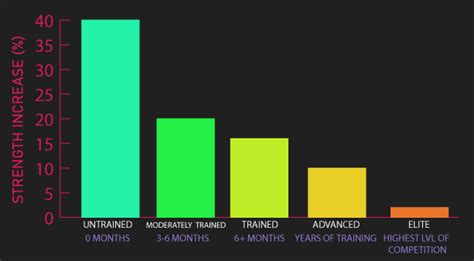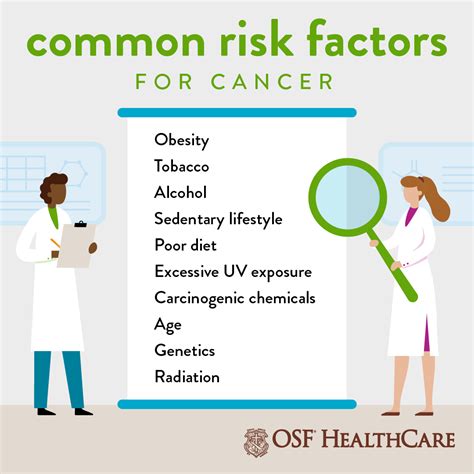Optimize training frequency for peak strength & hypertrophy gains?

The quest for peak strength and impressive hypertrophy often leads lifters down many rabbit holes, but few aspects of training are as debated and misunderstood as training frequency. How often should you hit a muscle group? Is once a week enough, or should you be training it daily? The answer isn’t a simple one-size-fits-all, but rather a nuanced approach dictated by science, individual recovery, and specific goals.

The Science Behind Muscle Adaptation
Our muscles grow and get stronger in response to stress, but they also need adequate time to recover and adapt. The process of muscle protein synthesis (MPS) is elevated for approximately 24-48 hours post-resistance training, signaling the body to repair and build new muscle tissue. Training a muscle group too infrequently might mean missing opportunities to keep MPS elevated, while training it too frequently could impede recovery and lead to overtraining.
Frequency for Strength Development
For strength gains, consistency and skill acquisition are paramount. Lifting heavy weights is not just about muscle; it’s also about neural adaptations. The more frequently you practice a specific movement pattern (e.g., squat, bench press, deadlift), the more efficient your nervous system becomes at recruiting muscle fibers and coordinating the movement. This often means a higher frequency approach, such as training major compound lifts 2-4 times per week, can be highly effective. Powerlifters, for instance, often train their main lifts multiple times a week with varying intensities.

Frequency for Hypertrophy (Muscle Growth)
When it comes to hypertrophy, the consensus leans towards a moderate-to-high frequency for most muscle groups. While a single intense session can stimulate MPS, studies suggest that hitting a muscle group 2-3 times per week provides a more consistent stimulus for growth over time, leading to greater accumulated weekly volume without excessive fatigue in any single session. This allows for multiple opportunities to trigger MPS throughout the week, maximizing the anabolic window.
Key Factors Influencing Your Optimal Frequency
What works for one person might not work for another. Several individual factors play a crucial role in determining your ideal training frequency:
- Training Experience: Beginners often respond well to lower frequencies (e.g., full-body 2-3x/week) due to lower absolute training volume and intensity. Advanced lifters, who can handle more volume and intensity, might benefit from higher frequencies to maintain progression.
- Recovery Capacity: Sleep quality, nutrition (especially protein intake), stress levels, and genetics significantly impact your body’s ability to recover. Those with excellent recovery can generally handle higher frequencies.
- Workout Intensity & Volume: If your sessions are extremely high intensity or high volume, you’ll naturally require more recovery time, which might necessitate a slightly lower frequency for that specific muscle group.
- Goal Specificity: As discussed, strength often benefits from higher technical practice, while hypertrophy thrives on consistent anabolic signaling.

Popular Training Splits and Their Frequencies
Different training splits inherently dictate varying frequencies for muscle groups:
- Full Body (2-3x/week): Hits all major muscle groups multiple times a week. Excellent for beginners and those looking for overall fitness and efficient time use.
- Upper/Lower Split (4x/week): Each major muscle group is trained twice a week. A popular choice for intermediate lifters balancing volume and frequency.
- Push/Pull/Legs (PPL) (3-6x/week): Can be run 3 days (once a week per group) or 6 days (twice a week per group). The 6-day PPL is highly effective for hitting muscles twice a week.
- “Bro Split” (5-6x/week, once per muscle group): Traditionally dedicates one day per major muscle group (e.g., Chest day, Back day). While popular, research suggests it might be sub-optimal for hypertrophy due to the long gap between stimuli for each muscle group, although high volume in a single session can still be effective for some.

Finding Your Optimal Frequency
The best approach is often one of experimentation and self-awareness. Start with a moderate frequency (e.g., hitting muscle groups twice a week) and adjust based on how your body responds. Are you recovering well? Are you making progress? Do you feel overtrained or under-stimulated? Keep a training log to track progress, energy levels, and recovery. Remember, consistency over time, coupled with progressive overload, will always be the bedrock of successful training, regardless of the precise frequency.
Conclusion
Optimizing training frequency is a powerful lever for accelerating both strength and hypertrophy gains. While there’s no magic number, aiming to stimulate muscle groups 2-3 times per week often strikes the sweet spot for hypertrophy, while strength athletes may benefit from even higher frequencies for specific movement patterns. Listen to your body, prioritize recovery, and be willing to adapt your approach as you progress and your goals evolve. The most effective frequency is the one you can consistently adhere to while continually making progress.








